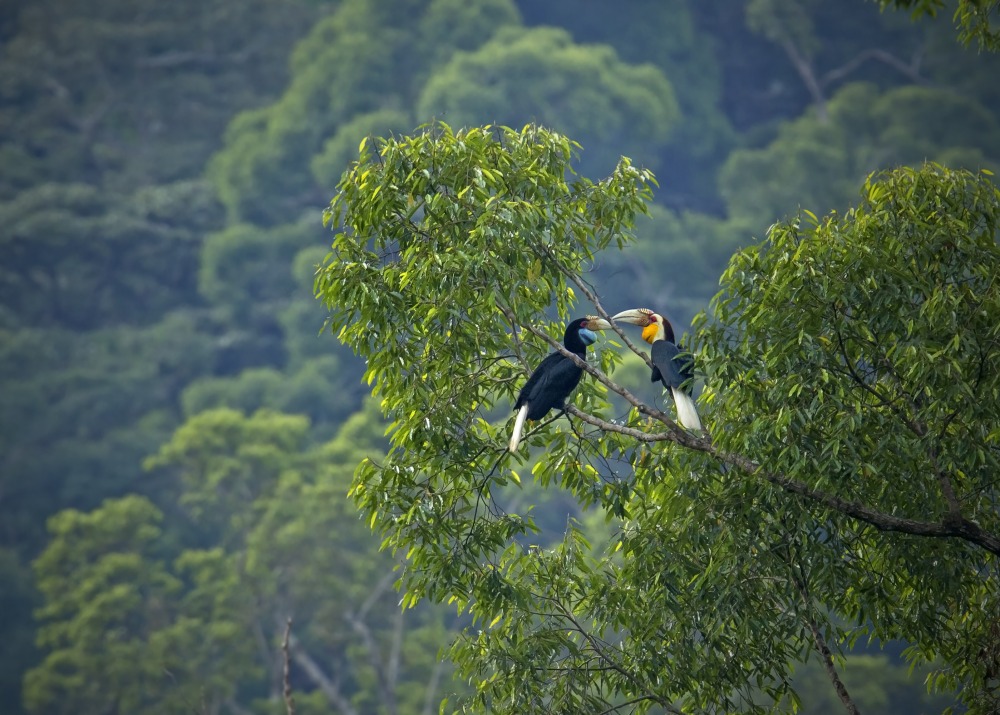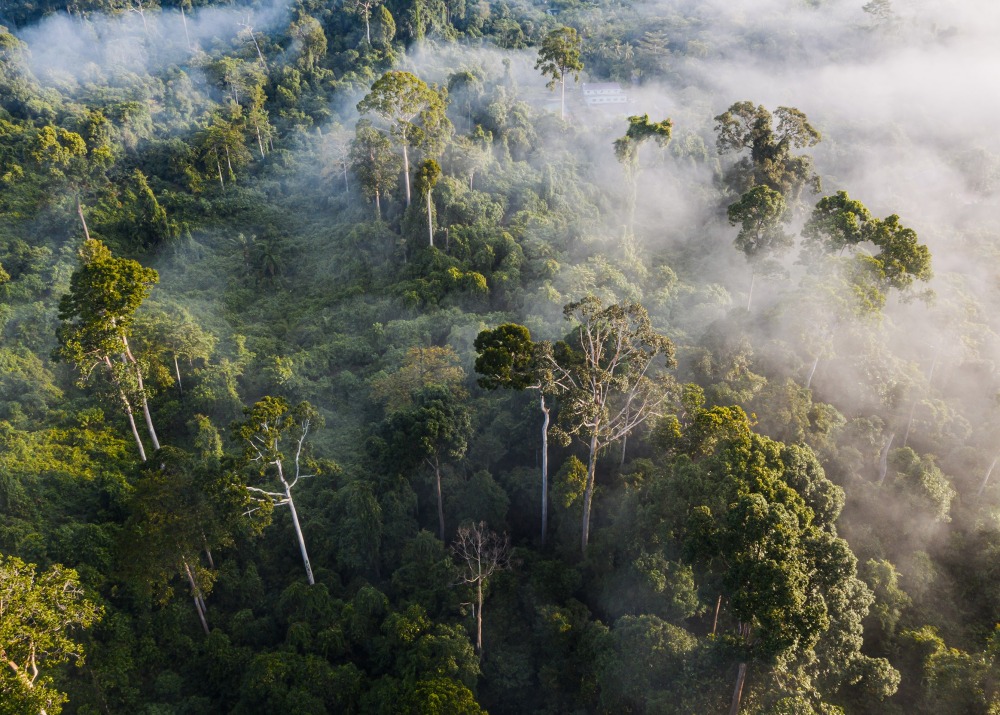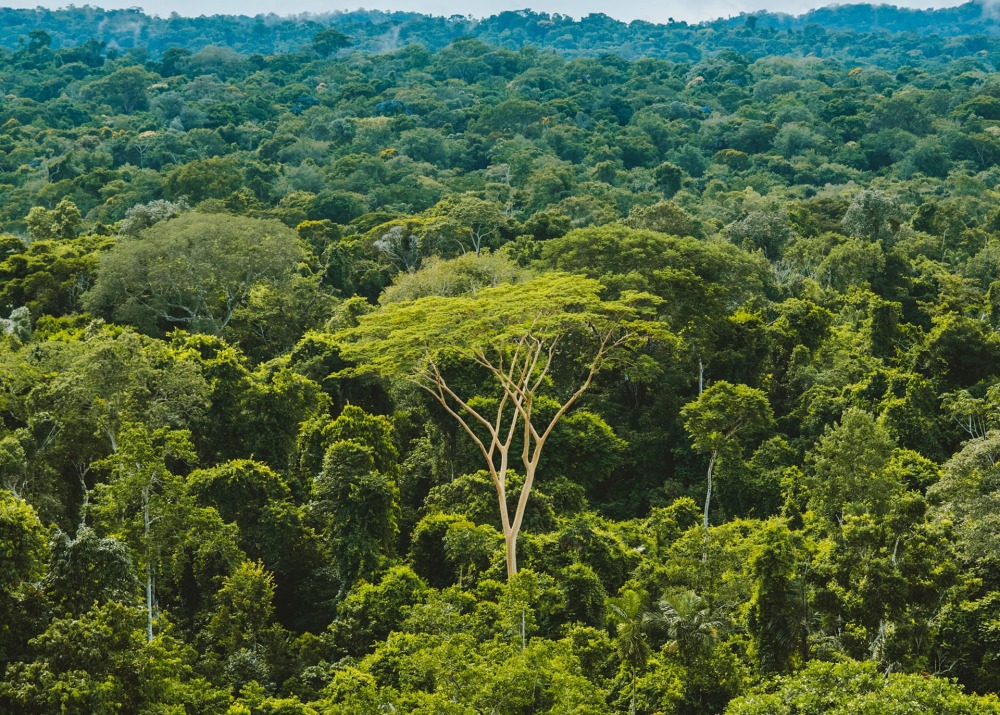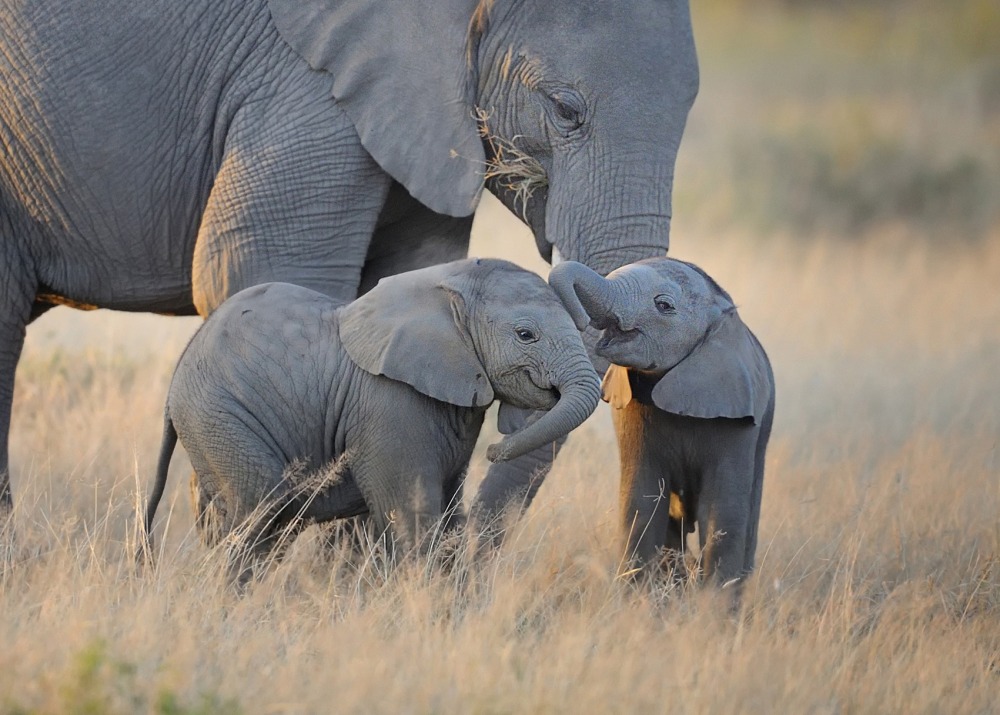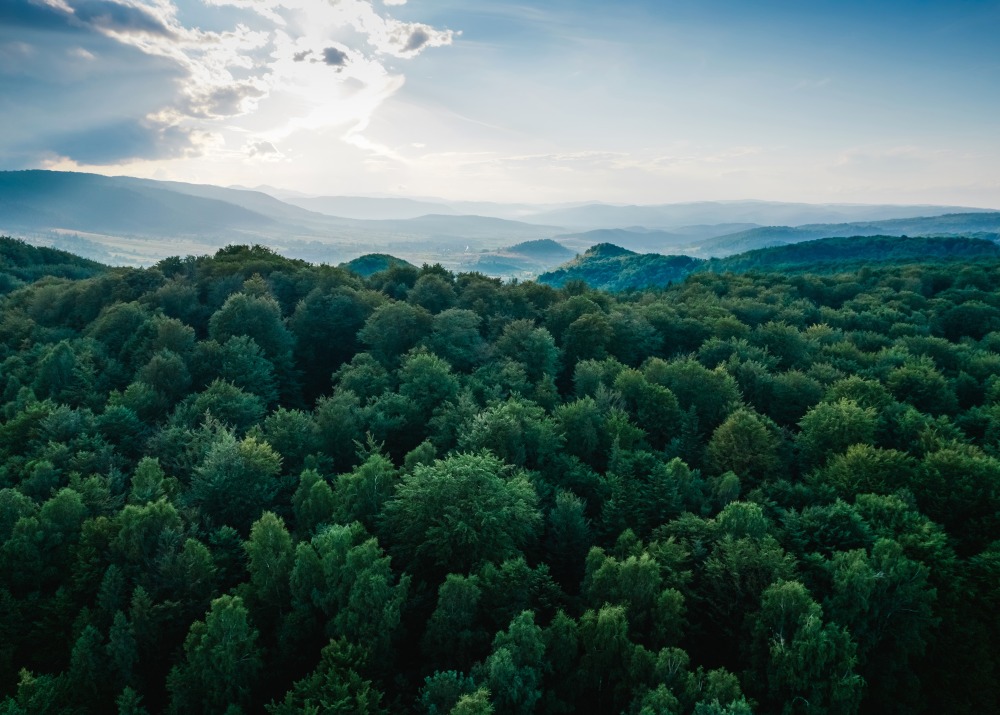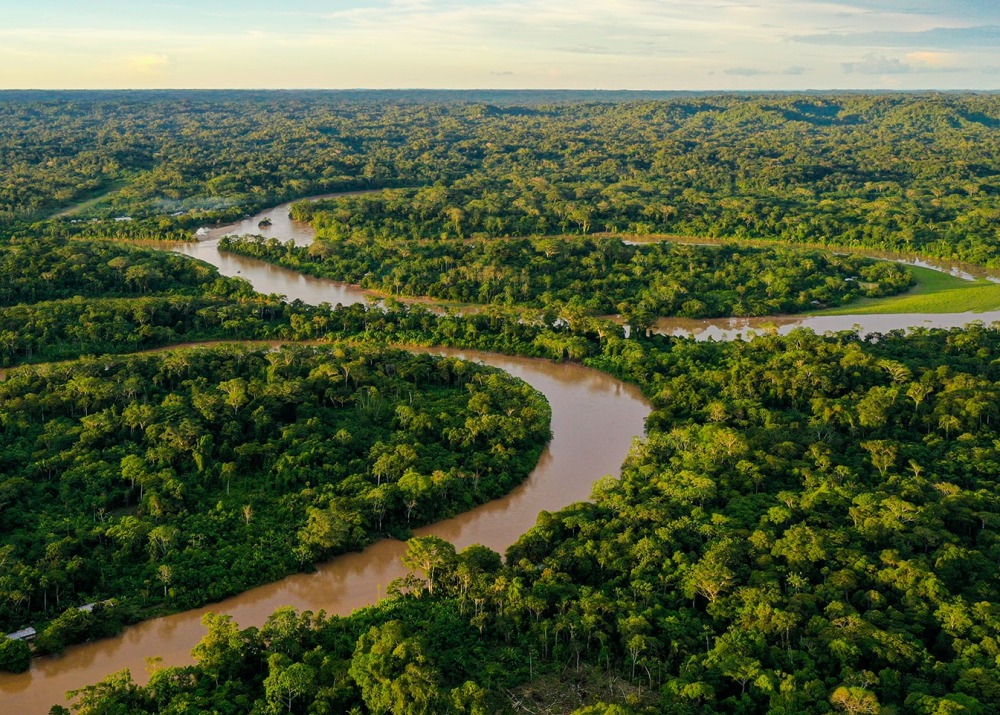Protecting a Tiny Hummingbird in Ecuador

It is estimated that
or fewer mature individuals remain.
Ecuador is home to more hummingbird species than any other place on Earth. The Endangered Black-breasted Puffleg is one of the most rare, found only in the high, humid montane forests hugging the ridges around Pichincha volcano in northwestern Ecuador.
With its notable white feathered legs, the Black-breasted Puffleg migrates short distances between lower and higher elevations when seasonal weather shifts occur. Favoring the cooler, higher climes above 10,000 feet during the rainy season and dipping to 7,000 feet between April and September, the Puffleg follows flowering vines and trees. Its primary nectar source is the Palicourea huigrensis, a small tree with bright blue flowers that grows in the understory.
The Black-breasted Puffleg is extremely range restricted, limited to an area about 13 square miles, or about one-third the size of Disney World. Since the late 1990’s, about 93% of its suitable habitat has been degraded or destroyed by charcoal production, timber harvesting and agriculture. With its small range and seasonal migration up and down slopes believed to correspond to breeding and nesting, this hummingbird is particularly vulnerable to the impact of climate change. If temperatures rise much more in its range, this species will eventually be unable to migrate any higher in search of cooler habitat because the trees it needs for food stop growing at the treeline at about 11,000 feet.
It is estimated that the remaining number of mature individuals is 150 or fewer. Since 2002, Rainforest Trust and partner, Fundación Jocotoco, have worked to establish and expand the Yanacocha Reserve just west of Quito where the majority of limited sightings of this shy bird have occurred. Once a current expansion is complete, the reserve will cover nearly 3,000 acres across climatic zones for the Black-breasted Puffleg and other threatened species.
Measuring about three inches in length, both sexes of this iridescent, nectar-seeking bird are adorned with distinctive white leg plumage and a brilliant purple gorget—throat feathers. Males are feathered in black with steel-blue forked tails while females shimmer in hues of bronze and golden-green plumage that deepen to blue near the tail.

Black-breasted Puffleg, by Patricio Mena/Fundación Jocotoco

Sign up to receive the latest updates
"*" indicates required fields


